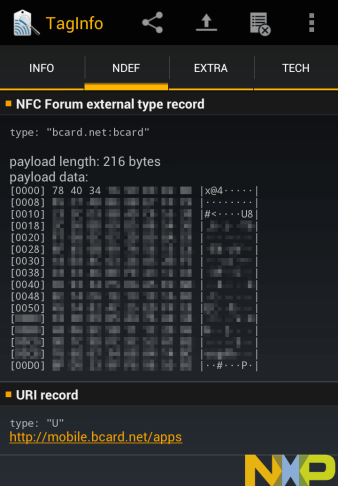What is EAP-SIM?
EAP-SIM is one of the authentication methods that can be used in an 802.1x or WPA Enterprise network. Specifically, it relies on the user’s SIM card to process a presented challenge. This has been used by some telcos to provide WiFi service without having to maintain a separate set of credentials. However, not all phones support EAP-SIM.

Since I’m already using a RADIUS setup at home, the use of EAP-SIM will eliminate the need to install my CA certs onto each device. But of course, there is still a fair bit of work to do…

